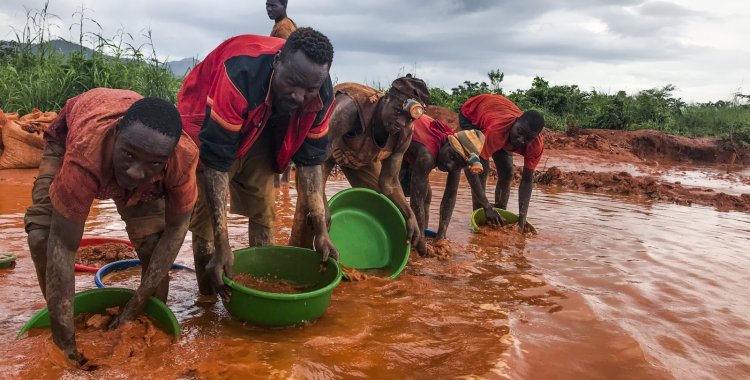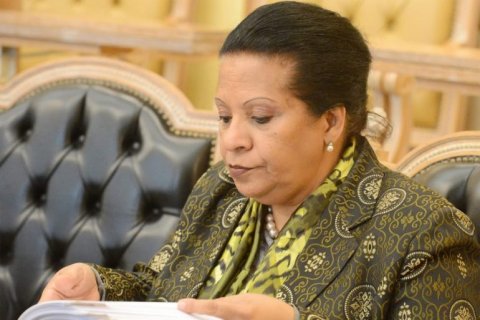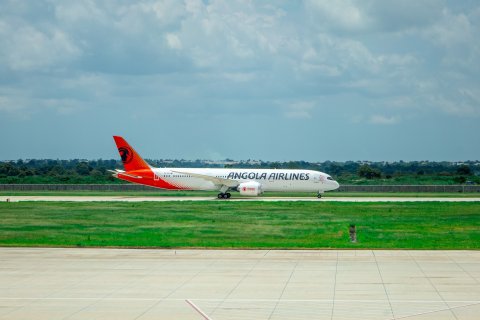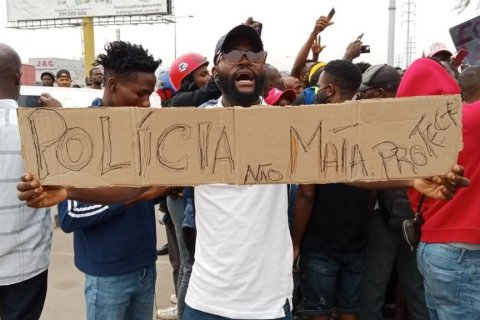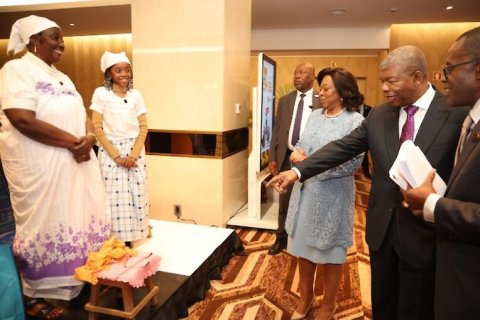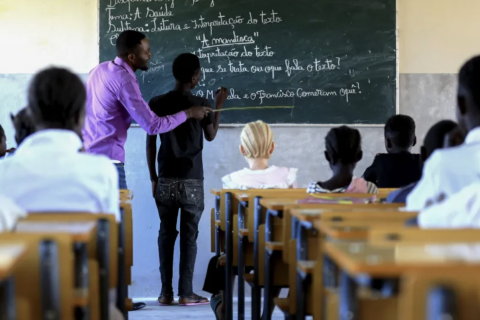Their destination is a muddy stretch of river near the mining town of Cafunfo, in the province of Lunda Norte, where the miners try to make a living from day to day, in a land that offers few or no job opportunities.
"There are no jobs here," they complain, explaining that this is the only reason they risk this illicit activity and a way of life in which "suffering" is the word they use most.
The parents of Sancara Moisés Armando, one of the miners Lusa met, once worked for the state diamond company, Endiama, but many mining projects in the region were paralyzed, first because of the war and, since 2008, because of the economic and financial crisis. This was the case, for example, of mines located in the Cuango basin.
With no other alternatives, the children are now trying their luck in the areas already abandoned by Endiama, which currently exploits, in partnership with ITM and Lumanhe, through the Cuango Mining Society, an area of about 3000 kilometers in length.
They work hard, with their feet stuck in the muddy water. The hours go by slowly, but the diamonds are slow to sparkle. The men wash over layers and layers of gravel, shake their tamises, but rarely find the precious stones.
"The one gram stones are sometimes not worth more than 200 or 300 dollars, dividing by four gives 50 dollars... it doesn't favor us," says one of them, lamenting the low prices.
The miners are organized in groups of up to ten men, and they share the profits from their sales, which must also be shared with the security guards in charge of guarding the mining areas, whom they pay to be able to dig more freely.
Even so, the coexistence between garimpeiros and security guards is anything but peaceful.
"Even when we pay, they pick us up, take us away, and we have to return long kilometers on foot. The security company comes after us when we try our luck, when we try to get something to support our children. Sometimes they charge 20 to 30 thousand kwanzas, and today they'll be here with us," Moisés Armando laments.
Debumba Agostinho Manuel says he gets some income at the garimpo, but not enough.
"The government doesn't give us jobs, doesn't give us classrooms, doesn't give us neighborhoods with light, doesn't give us electricity, it has abandoned us. So we come here to help ourselves," he says.
Agostinho Manuel says they run many risks and suffer at the hands of private security guards. "They even race us with firearms and kill us," he laments, blaming "the Cuango mine security" for the mistreatment.
What he earns "is not enough to sustain life" and sometimes a month goes by "without seeing any product," he says.
"It's just digging and being patient until God gives it to you," he resigns himself.
The government allows the creation of cooperatives, under the so-called "Operation Transparency" that has existed since 2020, an alternative to illegal garimpo under which it has legalized 260 of the thousand or so that exist, but only 20 are functioning.
But there are complaints about the process, that the licenses always remain in the same hands, those of the generals, of people linked to the ruling party (MPLA), of the powerful.
"The licenses don't stay with the children of the land," says Jordan Muacambiza, human rights defender and resident of Cafunfo, who laments that local communities benefit so little from the wealth generated by diamonds.
The region, located in Lunda Norte, one of the poorest in the country, is the scene of violence from time to time.
The most recent incidents occurred on January 30, when an alleged attempt to storm the local police station by members of the Lunda Tchokwe Protectorate Movement resulted in at least six deaths.
This official version is contradicted by local witnesses, non-governmental organizations, and opposition parties, which speak of more than 20 deaths in a protest for improved living conditions.
Social discontent and poverty are some of the factors behind the systemic violence that characterizes the Lundas region, according to Angolan activist and academic Rafael Marques, who recently promoted a debate in Cafunfo, in which he advocated an inclusive solution to the problems and that involves the different actors.

